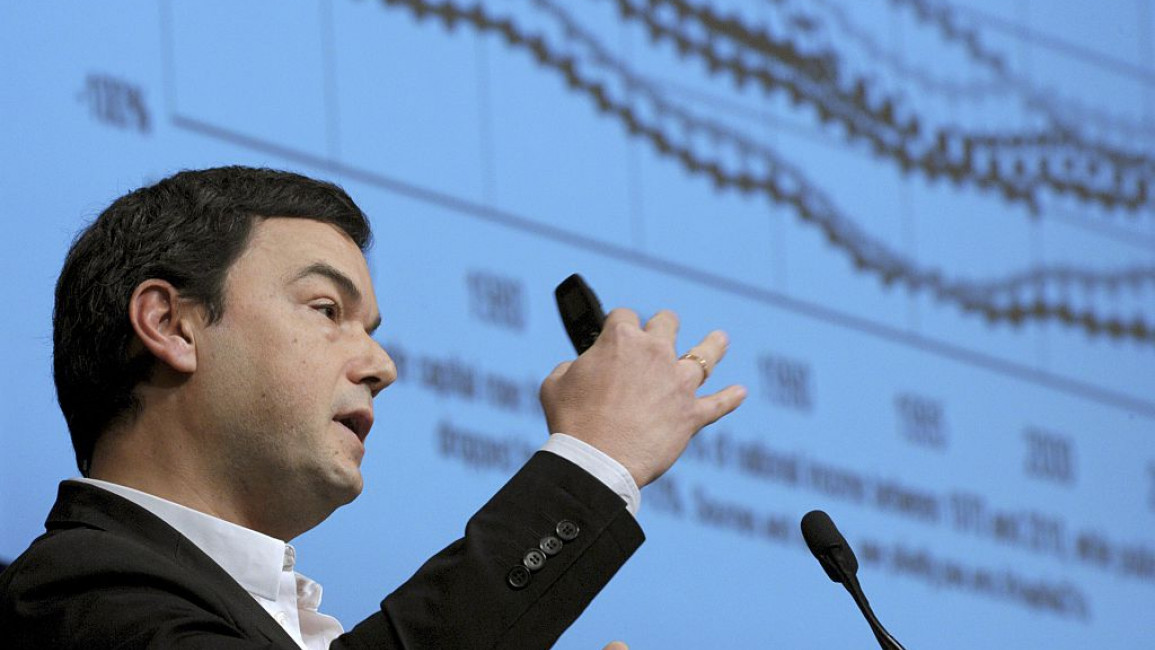MENA most unequal region in the world, Piketty-linked inequality lab reveals
A new report by the world-renowned economist Thomas Piketty, has made headlines about striking gaps in global inequality, where the Middle East stood out as the most unequal region in the world in terms of wealth, income and gender.
In the Middle East and North Africa, the income gap between the different countries varies significantly. In the Gulf countries, the gap in wealth is even higher than in the rest of the region.
About 75 billionaires in the MENA – most of whom reside in Gulf countries - control about $200 billion dollars.
"The inequality in the Middle East stands in stark contrast with Europe. In Europe, the top 10% share around 36% of total wealth, whilst in MENA this figure is at 58%"
In the more populated countries of the region, particularly North Africa and the Levant, the poorest 50 percent of the population earn twenty times less than the top 10 percent. In the Gulf, the poorest half of the population earn up to 32 times less than the top 10 percent.
In 2016, Piketty warned about the state of inequality in the region in an interview with The New Arab, arguing that this was one of the factors that fuelled the Arab Spring wave of uprisings from 2011.
Worldwide about 2,750 billionaires control 3.5 percent of the world’s wealth.
“More striking than income and wealth inequality in the MENA, however, is the gender inequality, especially in terms of labour income share”, Rowaida Moshrif, Middle East coordinator at the World Inequality Lab told The New Arab.
The World Inequality Report 2022, which provides the first estimates of the gender inequality in global earnings, estimated that on average, only 15 percent of the female population of the region have an income.
“In war zones such as in Yemen, the female income share can even go as low as 1 percent,” Moshrif added.
“In the past 10 years since the Arab Spring, the income, wealth and gender inequality in the Middle East has unfortunately even increased. War and instability exacerbate the situation. Women in particular do not have the same access to the labour market as men do, putting them in a particular vulnerable position.”
The inequality in the Middle East stands in stark contrast with Europe. In Europe, the top 10% share around 36% of total, whilst in MENA this figure is at 58%, the report states.
Such findings add to the debate about worsening inequality during a global pandemic, and the significant inequality gap between advanced and developing economies.
“The COVID crisis has exacerbated inequalities between the very wealthy and the rest of the population. Yet, in rich countries, government intervention prevented a massive rise in poverty, this was not the case in poor countries” explains Lucas Chancel, lead author of the report.
The report also addresses the large inequalities in carbon emissions which are essential for tackling climate change. The Global Inequality database shows that the top 10% of emitters are responsible for close to 50% of all emissions, while the bottom 50% produce 12% of the total.



